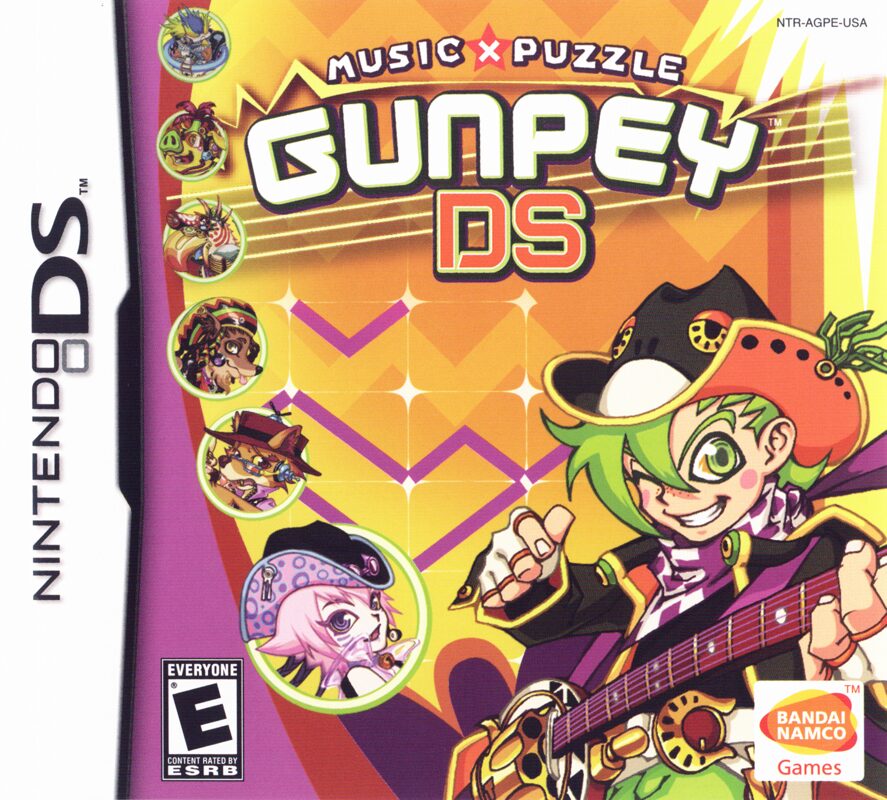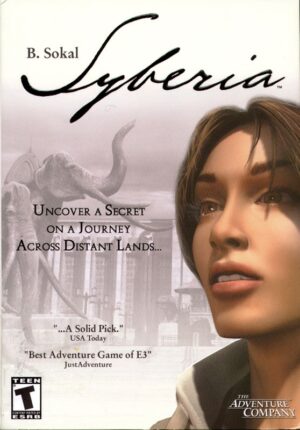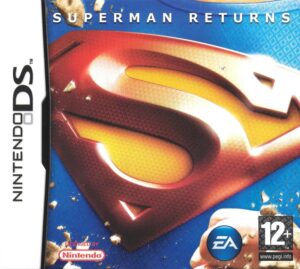Retro Replay Review
Gameplay
Gunpey DS offers a fresh twist on the classic block-dropping puzzle formula popularized by games like Tetris. Instead of stacking tetrominoes, you guide segmented lines through five vertical panels, rotating and connecting them with the stylus or face buttons. The objective is to fill each panel from left to right by forming a continuous path that reaches the screen’s top. If any unjoined line segment reaches the top, it’s game over.
(HEY YOU!! We hope you enjoy! We try not to run ads. So basically, this is a very expensive hobby running this site. Please consider joining us for updates, forums, and more. Network w/ us to make some cash or friends while retro gaming, and you can win some free retro games for posting. Okay, carry on 👍)
The DS version shines with its touchscreen integration: you can tap and drag individual segments up or down, swivel lines around obstacles, and precisely align them to complete circuits. This direct interaction reduces the trial-and-error feel of button-only controls and makes every rescue move feel hands-on. For players who prefer traditional inputs, the D-pad and shoulder buttons remain responsive and reliable.
Beyond the standard endless mode, Gunpey DS introduces a dedicated Story Mode, where each planet and character unlocks new panel layouts, time limits, and unique line shapes. As you progress, puzzles increase in speed and complexity, demanding both quick thinking and memorization. This mode adds a layer of variety that keeps you coming back, rather than simply chasing high scores.
For those who enjoy music creation, the “Sound Box” mode is a clever bonus. It functions like a basic step sequencer: place dots or drums on a timeline grid as lines travel upward, then play back your custom melodies. While not as deep as dedicated music editors, it’s a delightful diversion that rewards experimentation—and sometimes spawns surprisingly catchy tunes while you wait for a challenging puzzle panel to load.
Graphics
Visually, Gunpey DS embraces a colorful “space Western” anime aesthetic. Bold outlines, vibrant character portraits, and hand-drawn backdrops evoke a frontier-in-space vibe—from dusty asteroid outposts to neon cityscapes on distant moons. Each panel’s border art reflects the planet you’re visiting, creating a consistent theme that ties puzzle challenges to the narrative.
Line segments themselves are clean and crisply rendered, with glowing neon hues that stand out against darker backgrounds. When you connect segments, they pulse with light and sometimes leave a brief trail effect, providing clear feedback. Animations are smooth even when multiple lines zip across the screen, ensuring you can keep track of your progress during fast-paced rounds.
Character portraits that headline each chapter add personality and help you invest in the story. While they don’t move much during gameplay, the static illustrations are charming, with expressive eyes and distinctive outfits. Cutscene panels sometimes incorporate small animations—blinking, hair flicks, or sliding text boxes—giving the impression of an animated manga without taxing the DS hardware.
Story
Gunpey DS’s Story Mode frames each puzzle as part of an interplanetary journey. You follow Captain Gunpey and his crew across five unique worlds, each ruled by quirky antagonists and brimming with environmental hazards. Dialogue sequences between puzzles are lighthearted, often peppered with puns and dramatic poses that recall Saturday morning cartoons.
Though the narrative isn’t the game’s primary focus, it imbues context into what could otherwise be an abstract puzzler. Each new planet introduces a mini-boss puzzle—think of it as a gauntlet of progressively harder panel layouts that culminate in a final time-attack round. Beating these challenges advances the plot and unlocks character backstories, giving weight to your accomplishments.
The voice snippets and sound effects are minimalist but effective: a triumphant chime on completion, a tense hum when lines snarl up, and a playful “whoosh” whenever you connect a segment. These audio cues, paired with dialogue boxes, create enough narrative flair to keep you curious about what happens next, without slowing down the puzzle flow.
Overall Experience
Gunpey DS strikes a satisfying balance between cerebral puzzle action and lighthearted storytelling. The addictive “just one more try” appeal of endless mode will tempt speedrunners, while Story Mode’s steady ramp in difficulty satisfies completionists. Stylus controls add accessibility, and the optional face-button scheme ensures purists won’t feel shortchanged.
Visually, the space Western anime style may not match the graphical fidelity of larger DS titles, but it boasts a unique charm and clear, legible puzzles. The occasional slowdown during heavily populated screens is minimal and rarely detracts from the action. In an era of cart-based puzzle releases, Gunpey DS’s clean presentation feels both fresh and timeless.
Adding the Sound Box gives music-oriented players a creative side quest that’s surprisingly engaging. It doesn’t reinvent music games, but it complements the core puzzle experience and rewards downtime between stages. If you enjoy crafting simple melodies or want a casual introduction to sequencing, this bonus feature is a welcome touch.
Ultimately, Gunpey DS is a cleverly designed puzzle gem for the Nintendo DS library. It offers enough depth to challenge dedicated puzzlers, a charming narrative to guide newcomers, and enough replay value—via time trials, leaderboards, and custom music—to keep you hooked long after the credits roll. Potential buyers looking for a portable game that melds brain-teasing mechanics with characterful presentation will find plenty to love here.
 Retro Replay Retro Replay gaming reviews, news, emulation, geek stuff and more!
Retro Replay Retro Replay gaming reviews, news, emulation, geek stuff and more!




Reviews
There are no reviews yet.